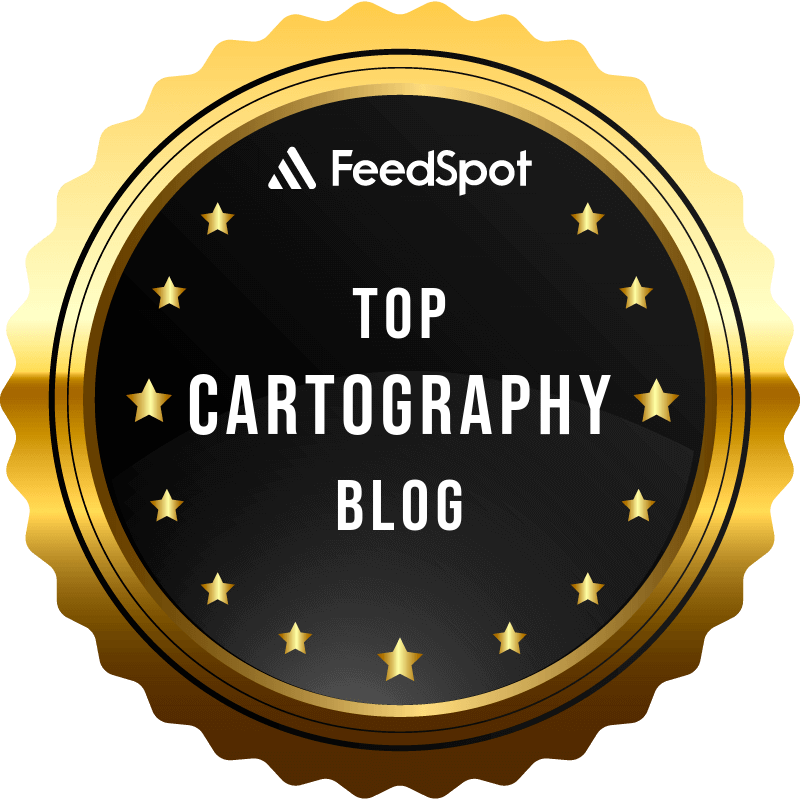The United States Government owns 640 Million acres of land (about 28% of the country's land mass). Of the privately held lands, 40 million acres (about the size of Florida) are owned by 100 individuals. This map from Bloomberg shows who these people are and where (most of) their land is.
A zoom in shows you who these people are - a combination of investors, energy company owners, ranchers, media moguls, heirs and various other wealthy people. Here is the Texas Panhandle and northeastern New Mexico,
and southwestern Texas-the blue piece furthest west is owned by Jeff Bezos where one of his companies tests a reusable rocket.
Here are the top 10 landowners with the acreage (in the millions) they own.
Most of this land is in the western half of the country. Here are some holdings surrounding Yellowstone National Park.
There is not much action in the east, except for in Georgia, Florida and Maine where seven families collectively control a quarter of the state's land, including Subway (the restaurant, not the transportation option) co-founder Peter Buck.
A zoom in shows you who these people are - a combination of investors, energy company owners, ranchers, media moguls, heirs and various other wealthy people. Here is the Texas Panhandle and northeastern New Mexico,
Here are the top 10 landowners with the acreage (in the millions) they own.
Most of this land is in the western half of the country. Here are some holdings surrounding Yellowstone National Park.
There is not much action in the east, except for in Georgia, Florida and Maine where seven families collectively control a quarter of the state's land, including Subway (the restaurant, not the transportation option) co-founder Peter Buck.










